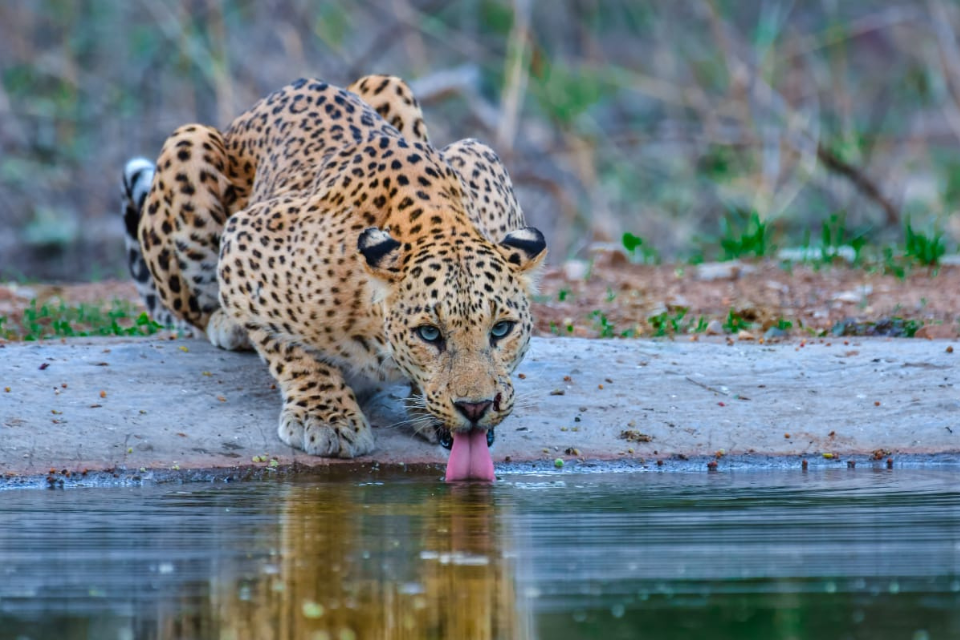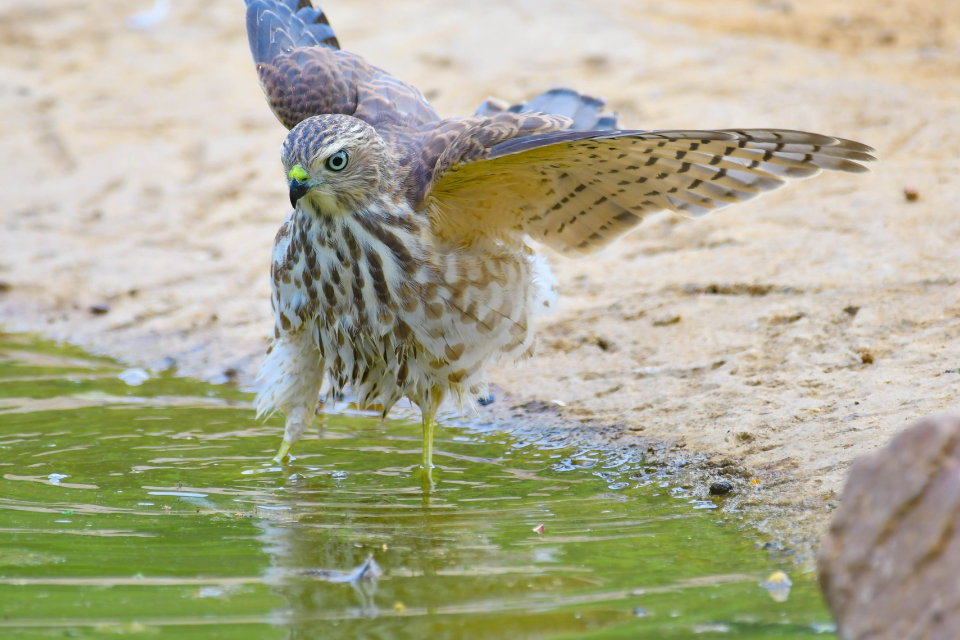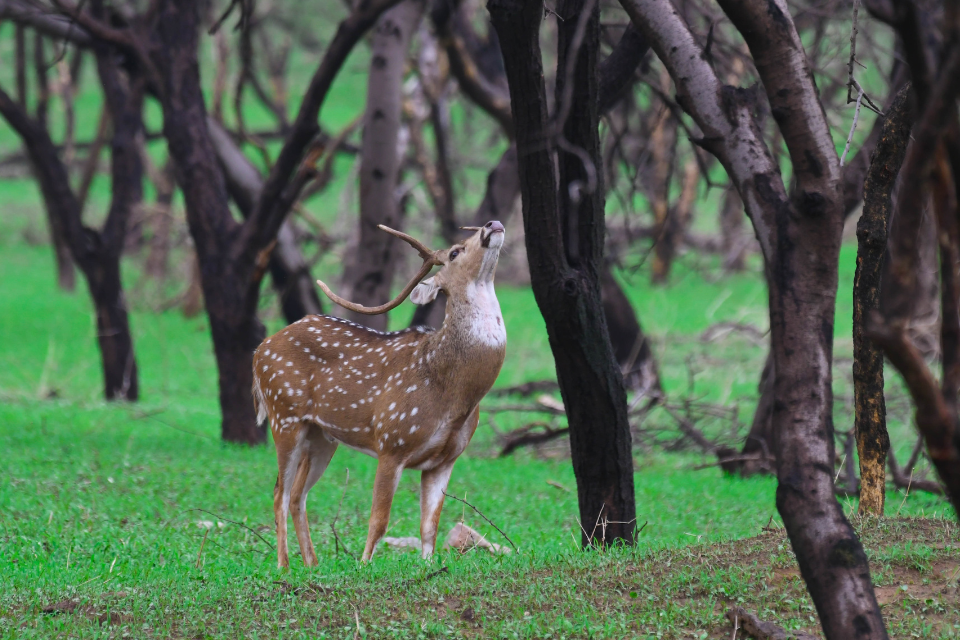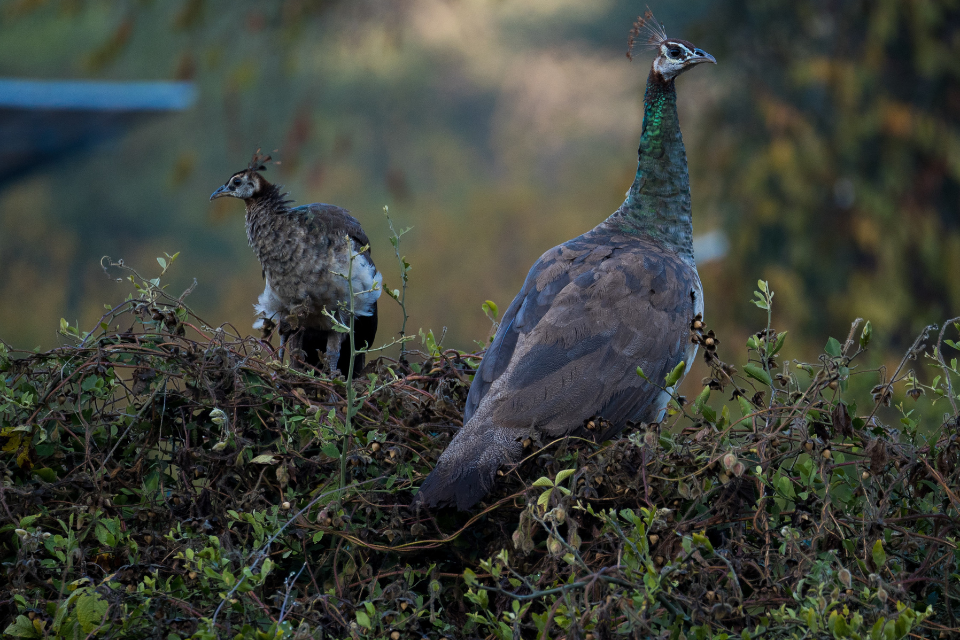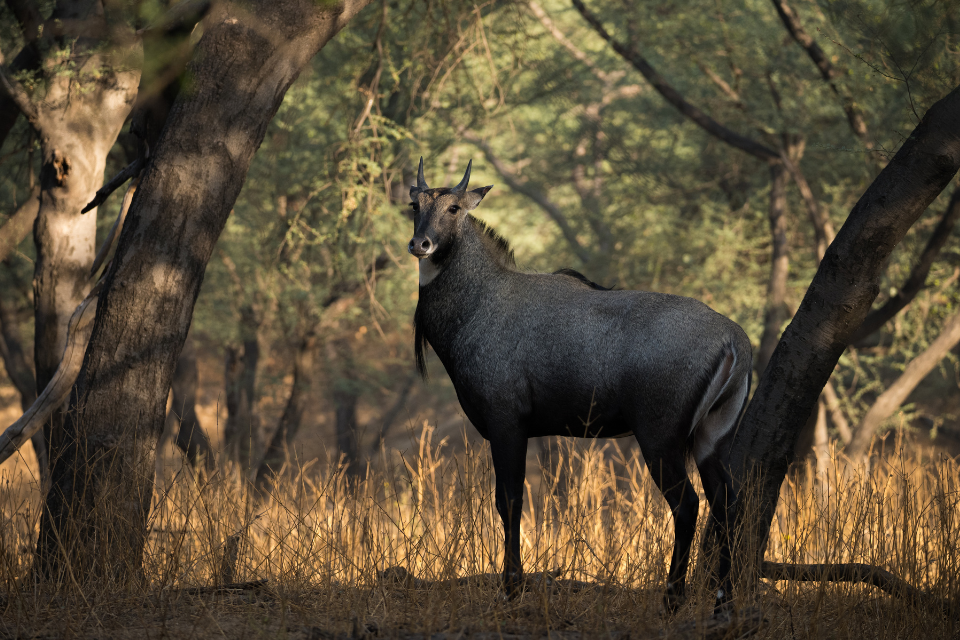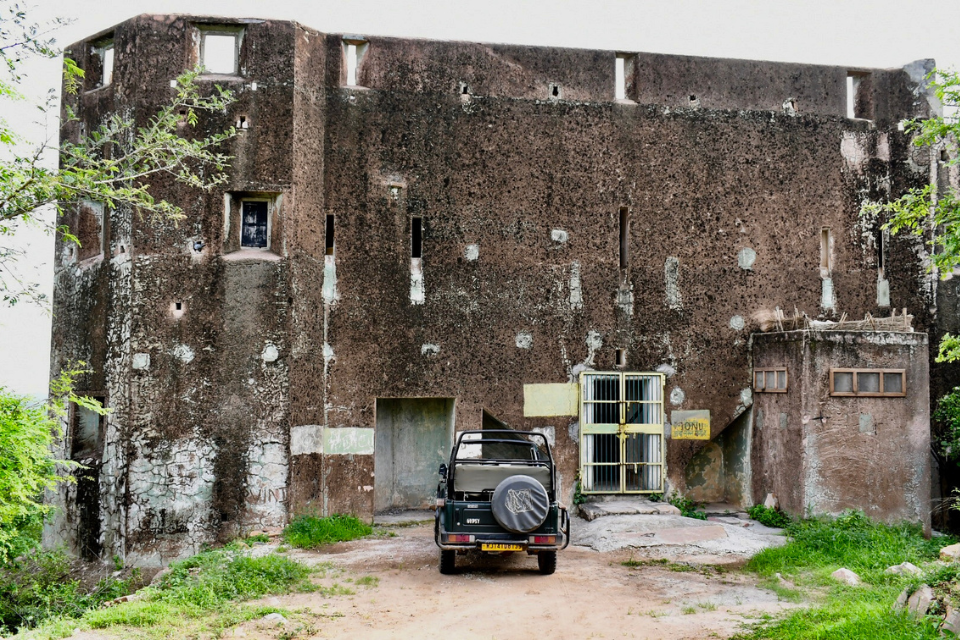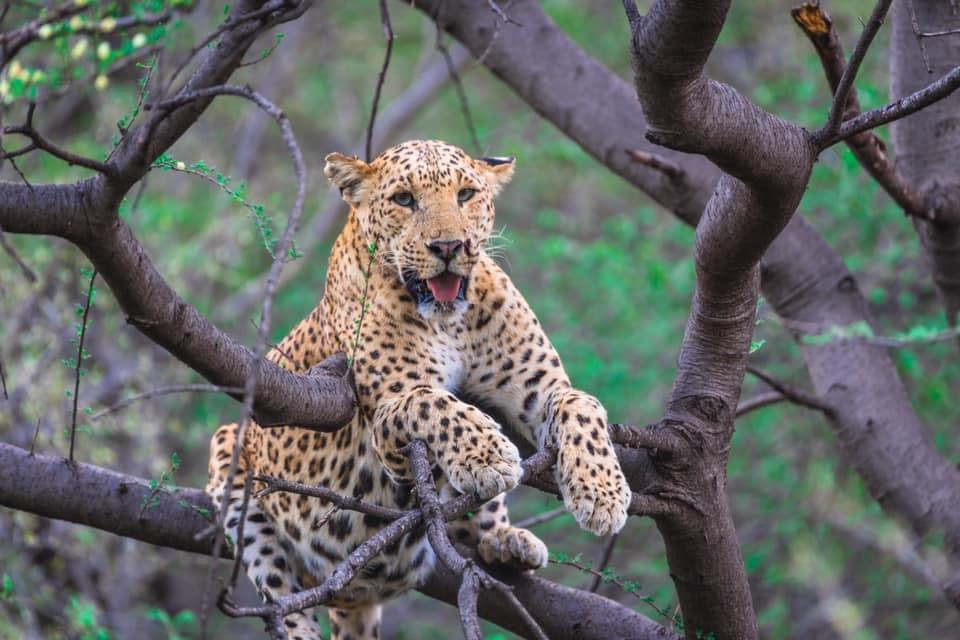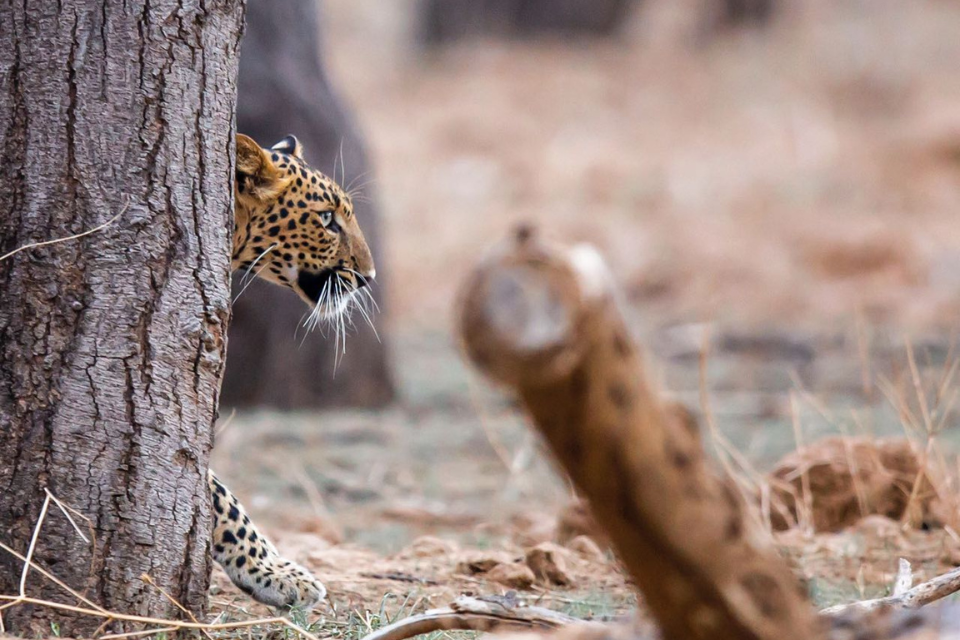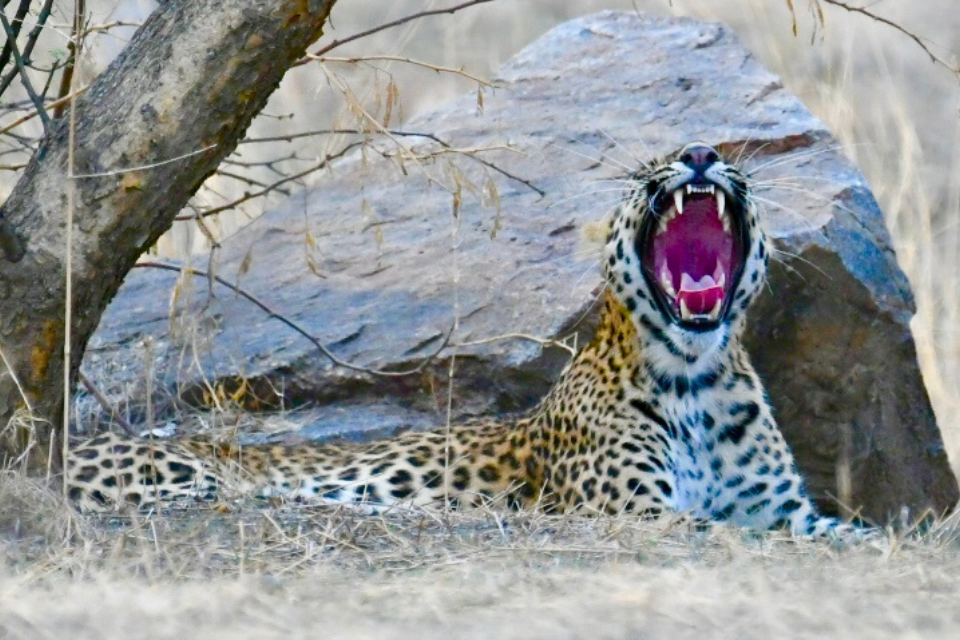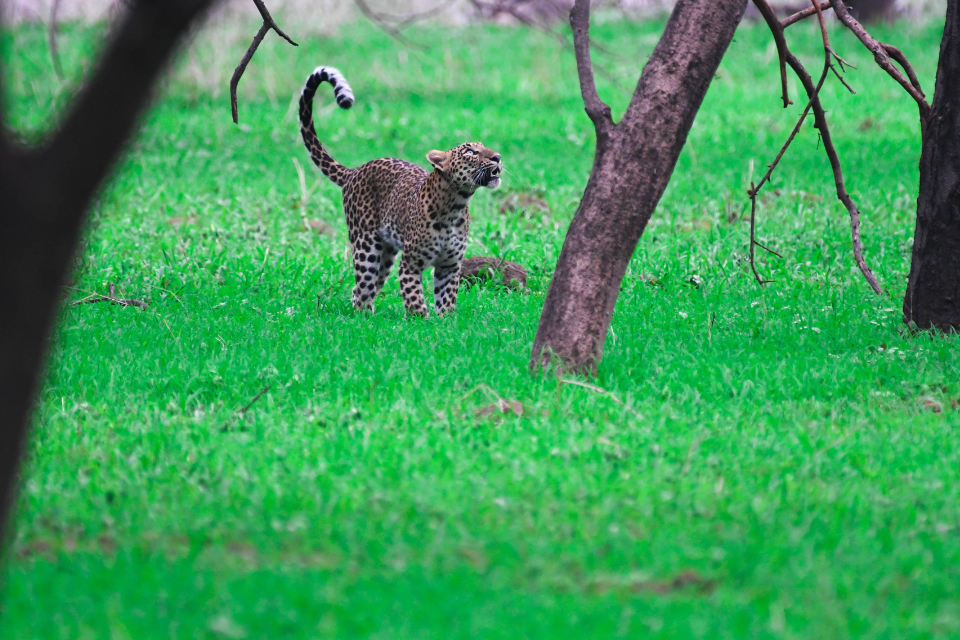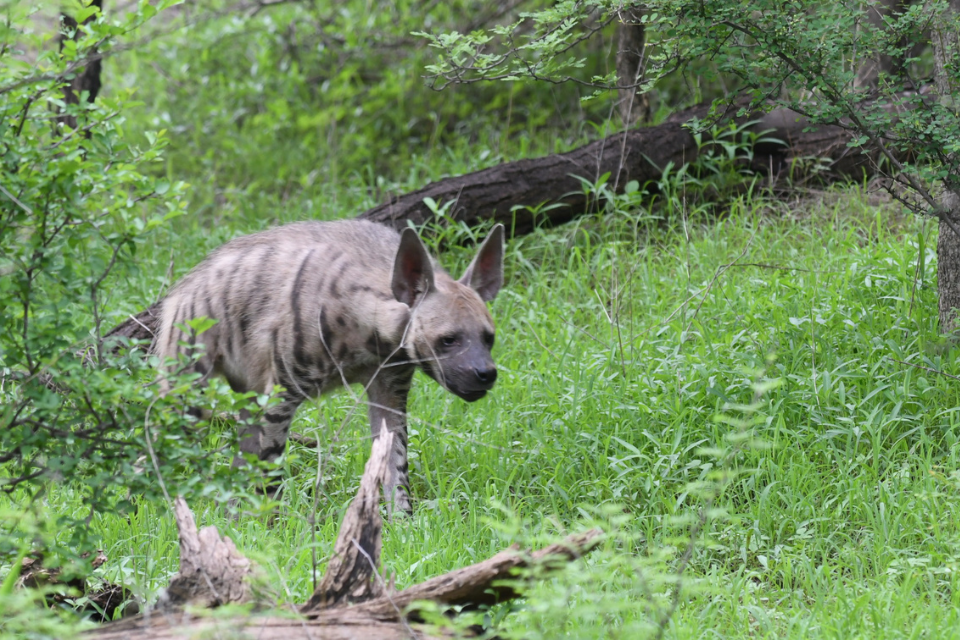- November 30, 2024
How Jhalana Inspires Urban Wildlife Conservation Across India
Jhalana Forest Reserve, nestled in the heart of Jaipur, is a shining example of urban wildlife conservation. As India’s first leopard reserve situated within a city’s limits, Jhalana has not only become a refuge for its thriving leopard population but also a model for balancing urban development with ecological preservation. Its success story offers valuable insights and inspiration for other cities grappling with similar challenges of conserving wildlife amidst expanding urban landscapes.
Why Jhalana is Unique
- An Urban Jungle:
- Unlike traditional reserves located far from human settlements, Jhalana thrives within Jaipur’s bustling cityscape, demonstrating how wildlife can coexist with urbanization.
- High Leopard Density:
- Home to over 30 leopards in a compact 20 sq. km area, Jhalana provides a unique opportunity to study predator behavior in an urban setting.
- Eco-Tourism Success:
- Jhalana’s well-regulated tourism model has transformed it into a popular destination while ensuring minimal disruption to its ecosystem.
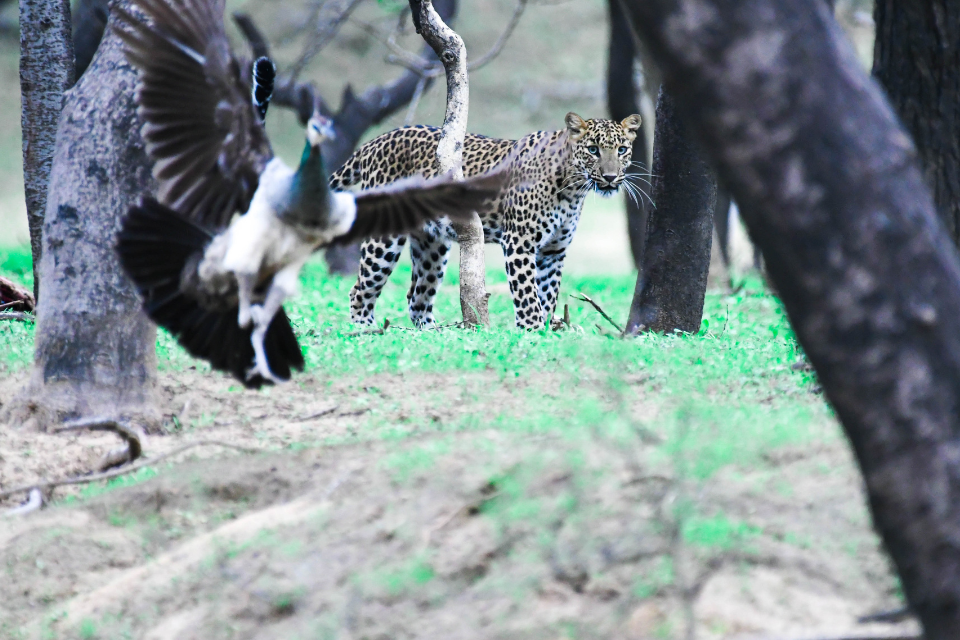
Key Conservation Strategies at Jhalana
- Community Involvement:
- Local residents play an active role in conservation through employment as guides, drivers, and eco-tourism staff.
- Awareness campaigns educate the community about coexistence with wildlife.
- Technology Integration:
- Tools like camera traps, GPS tracking, and drones help monitor wildlife movements and detect potential threats.
- Sustainable Tourism:
- Limiting visitor numbers and regulating safari vehicles ensures that tourism does not harm the reserve’s delicate balance.
- Habitat Management:
- Efforts like planting native trees and maintaining waterholes create a supportive environment for wildlife to thrive.
How Jhalana Sets a Precedent for Urban Wildlife Conservation
- Adapting Conservation to Urban Challenges:
- Jhalana demonstrates how cities can integrate wildlife corridors and green spaces into their urban planning to support biodiversity.
- Mitigating Human-Wildlife Conflict:
- Programs to educate locals about leopard behavior and preventive measures have significantly reduced conflicts.
- Innovative Partnerships:
- Collaboration between forest authorities, NGOs, and local communities ensures the success of conservation initiatives.
- Promoting Research:
- Jhalana serves as a living laboratory for studying urban wildlife dynamics, providing insights applicable to other regions.
Lessons from Jhalana for Other Cities
- Mumbai’s Sanjay Gandhi National Park:
- Similar to Jhalana, this park faces challenges of leopard conservation amidst urban sprawl. Jhalana’s model of community engagement and technology use can inspire similar initiatives.
- Bangalore’s Bannerghatta National Park:
- Integrating Jhalana’s practices, such as habitat restoration and eco-tourism, can enhance conservation efforts in this urban-adjacent park.
- Delhi’s Aravalli Biodiversity Park:
- Jhalana’s success highlights the importance of creating designated wildlife corridors to support species movement in urbanized areas.
Jhalana’s Impact on Policy Making
- Urban Wildlife Corridors:
- Inspired by Jhalana, policymakers are increasingly advocating for the integration of wildlife corridors into city planning.
- Focus on Leopards as Flagship Species:
- Jhalana underscores the need to protect apex predators like leopards, whose survival is critical for maintaining ecological balance.
- Urban Eco-Tourism Development:
- Jhalana’s regulated tourism model has set the standard for sustainable eco-tourism in urban reserves across India.
Challenges in Scaling Jhalana’s Model
- Urban Encroachment:
- Replicating Jhalana’s success requires strict measures to curb encroachment and preserve green spaces.
- Resource Allocation:
- Urban reserves often face funding and staffing limitations, hindering their ability to implement advanced conservation tools.
- Community Resistance:
- Gaining local support for conservation can be challenging in areas where human-wildlife conflict is more severe.
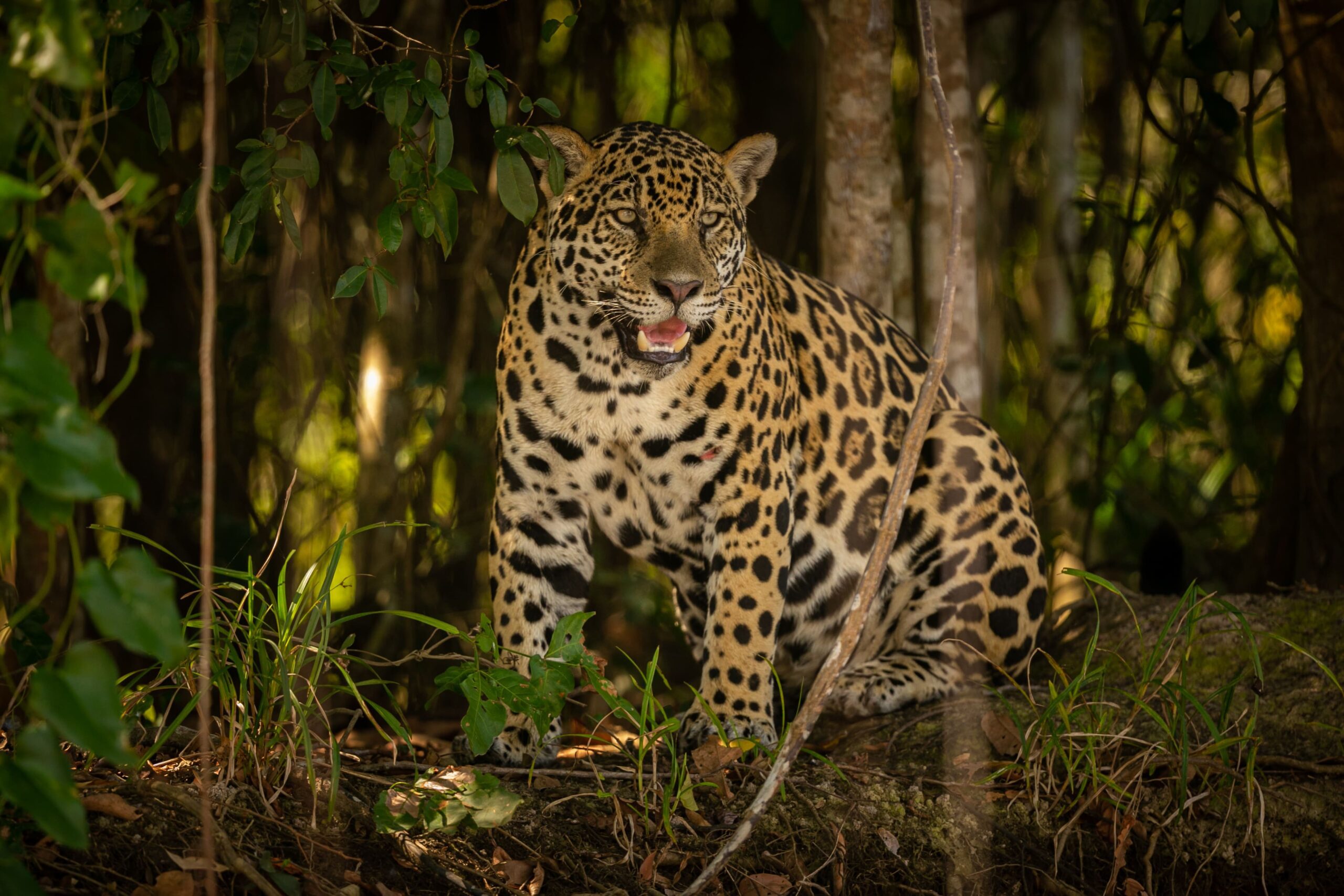
The Future of Urban Wildlife Conservation in India
- Technology as a Game-Changer:
- Expanding the use of AI, drones, and mobile apps will enhance monitoring and conflict resolution in urban reserves.
- Incentivizing Green Spaces:
- Cities can offer incentives for preserving and creating green spaces that support wildlife.
- National Urban Wildlife Networks:
- Establishing networks that connect urban reserves can facilitate the sharing of best practices and resources.
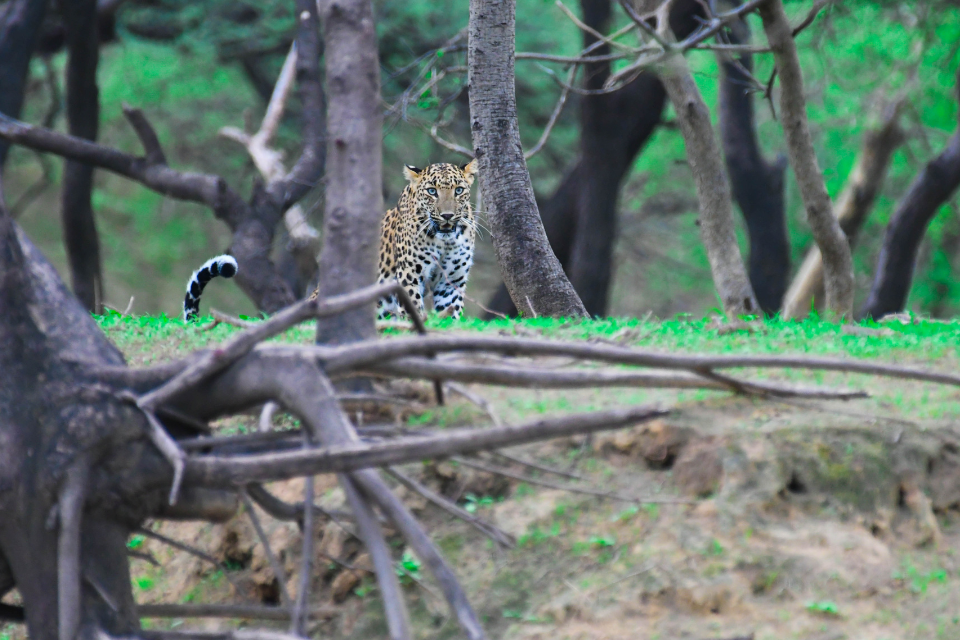
How Visitors Can Support Jhalana’s Mission
- Choose Responsible Tourism:
- Support eco-friendly operators and follow guidelines during safaris to minimize your impact.
- Spread Awareness:
- Share your experiences to inspire others to visit Jhalana responsibly and support urban wildlife conservation.
- Volunteer and Donate:
- Contribute your time or resources to organizations working to protect urban wildlife.
Conclusion
Jhalana Forest Reserve stands as a beacon of hope for urban wildlife conservation in India. Its success in preserving leopards and other species amidst urban expansion showcases the power of collaboration, innovation, and responsible tourism. By learning from Jhalana’s model, cities across India can create similar sanctuaries that not only protect wildlife but also enrich the lives of urban dwellers. Jhalana is more than a forest—it’s a testament to the possibility of coexistence between nature and urbanization.
Disclaimer All images used in this blog are either sourced from public domain or credited to their respective owners. If you are the copyright holder of any image and wish to request its removal or proper attribution, please contact us at [email protected]



